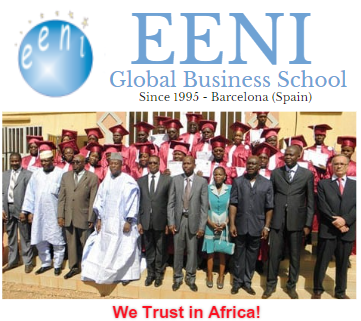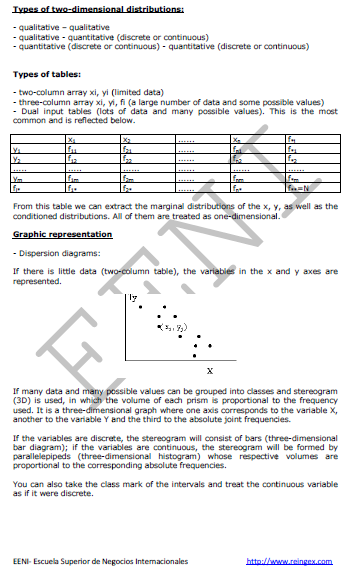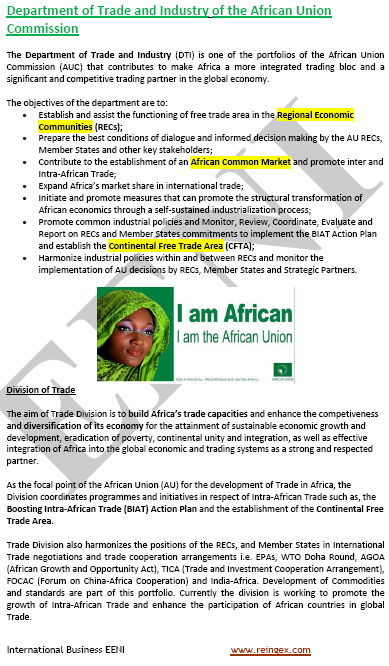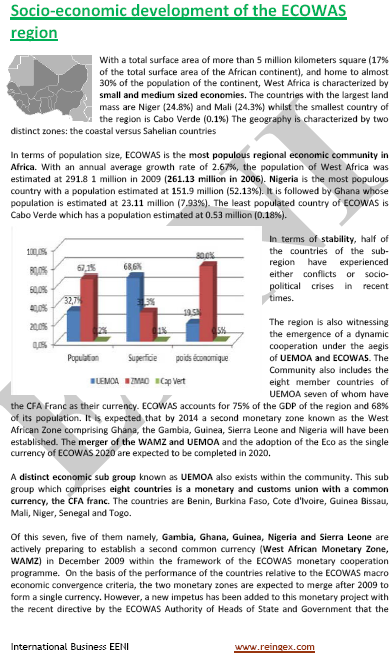Quantitative Methods (International Business)

Quantitative Methods applied to International Business
| Bachelor of Science in International Trade |

The Subject “Quantitative Methods applied to International Business” consists of three parts:
Part 1. Introduction to Quantitative Methods
Unit 1. Concept and content of statistics:
- Concept and content of statistics
- Population and sample
- Statistical analysis: Descriptive statistics and statistical inference
- Data. Classification of data
- Business applications
Part 2. Descriptive analysis
Unit 2. Descriptive analysis of a variable
- Distribution of frequencies
- Graphical representation
Unit 3. Position Measures:
- Position Measures of central tendency
- Properties of Position Measures of the central tendency
- Location measures: quartiles
Unit 4. Measures of dispersion, form and concentration
- Measures of dispersion
- Measures of form
- Concentration measures
- Standardised variable
- Exploratory data analysis
- International Business applications
Unit 5. Two-dimensional descriptive analysis:
- Distributions of joint frequencies
- Conditioned distributions
- Statistical independence
Unit 6. Association between variables:
- Scatter plot
- Linear association: covariance
- Pearson correlation coefficient
- Linear adjustment
Unit 7. Index numbers:
- What are and what are the index numbers
- Calculation of index numbers. Laspeyres and Paasche
- Measures of inequality
- Change of base and link of series of index numbers
- Deflation value series
Unit 8. Time series:
- Concept and graphic representation
- Components
- Analysis of trend
- Seasonal variations
- Rates of variation
Part 3. Practical applications
Unit 9. Application of statistics to the Foreign Trade
- The main global statistical sources related to the International Business (WTO, WB, IMF, Development Banks, etc.)
- Techniques of analysis of the data obtained with spreadsheet
The objectives of the subject “Quantitative Methods applied to International Business” are the following:
- To provide students with the necessary knowledge to know how to collect, process and interpret data using the statistical techniques
- To learn how to apply the different statistical techniques to the study of the international markets
- To know how to produce reports and works, with a certain quantitative basis
- To familiarise the student in the search for statistical information related to international business
Quantitative Methods applied to International Business Quantitative Methods applied to International Business. The word “statistic” comes from the word “state” because it was the primary function of the governments of the states to establish registers of population, births, deaths, etc. Nowadays most people understand by statistics the set of data, tables, and graphs, which are usually used to conclude things of interest. At present, statistics are understood as a method for making decisions. Hence it is used in many studies such as those carried out in the field of international business. There are computer programs (including spreadsheets) that allow us to process information for results that help to export and import companies to plan their business. Main global statistical sources related to International Business: Main African statistical sources related to International Business:
Main Asian statistical sources related to International Business:
Main Latin American statistical sources related to International Business:
(c) EENI Global Business School (1995-2024)
|

 or
or 





